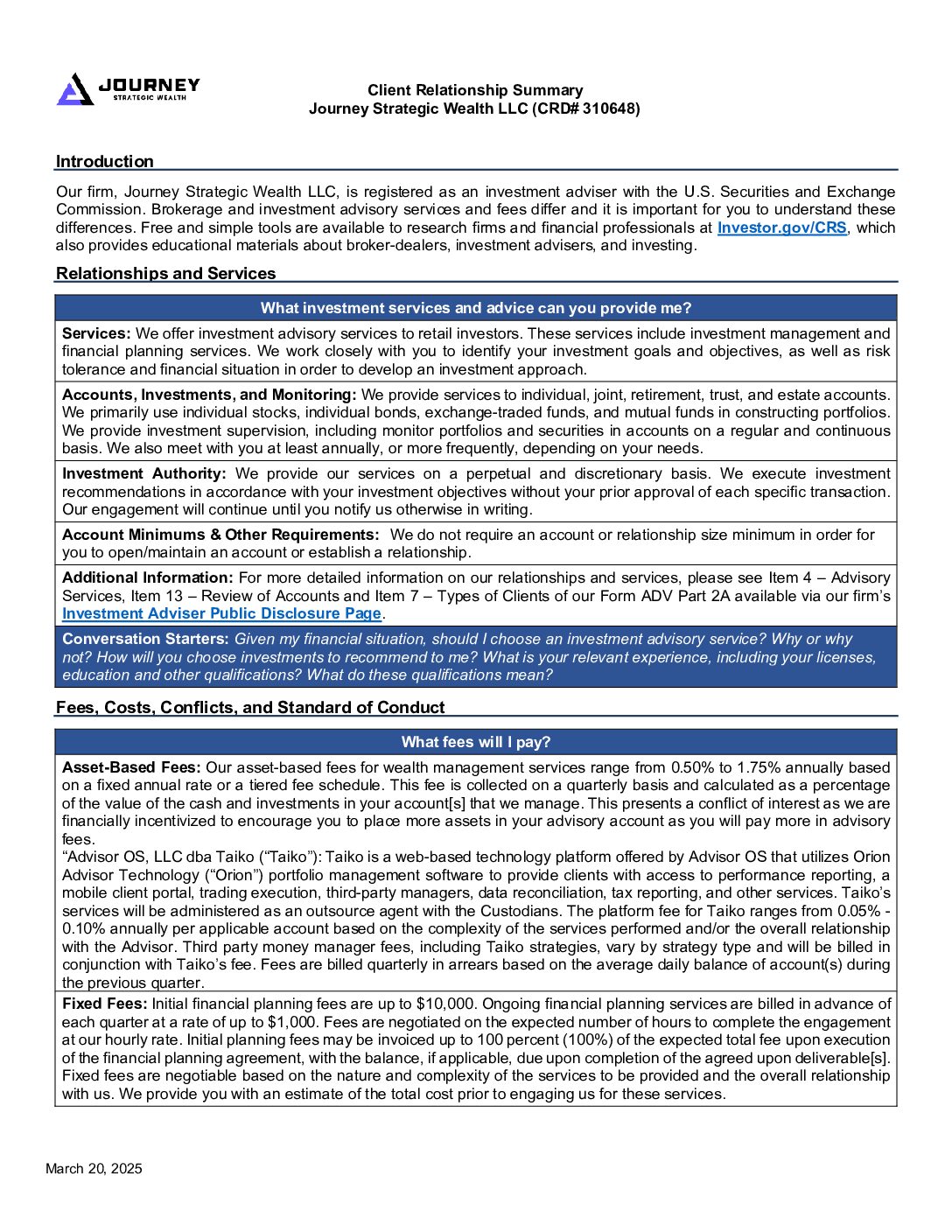How Diversification Reduces Risk in Your Portfolio
One of the most fundamental concepts of investing is diversification. It’s why people say, “Don’t put all your eggs in one basket” and often incorporate a wide array of assets into their portfolios. But over the past few years, we’ve experienced a rather unusual economic environment riddled with high inflation, high interest rates, and volatility across the stock and bond markets. As a result, some investors have wondered if it’s time to ditch the idea of diversification and instead put all of their money into only relatively safe and steady investments, like Treasury bonds.
To better understand why diversification is important, let’s review the primary risks it can help protect your portfolio against.
Concentration Risk
Perhaps one of the most prominent risks diversification protects investors against is concentration risk — putting too much of your capital into one particular investment or type of investment. Being overconcentrated means your entire portfolio’s performance depends on the performance of that one particular investment (or type, like stocks or bonds). For the vast majority of investors, the stakes are simply too high to be taking such big risks. Or on the other hand, investing only in ultra-conservative investments means unnecessarily missing out on the potential for upward growth.
In the late 1990s, you may recall the excitement surrounding the rise of internet-based businesses. That excitement bled over into the stock market, causing what’s known today as the “dotcom bubble” on the NASDAQ Composite Index. It included companies like Yahoo!, Pets.com, The Learning Company, and more. Between 1995 and 2000, the dotcom bubble played a major part in growing the NASDAQ index by 582%. But between 2000 and 2002, that bubble officially burst and the index fell by 75% — wiping out an estimated $5 trillion.1
Imagine you had all of your money invested in these tech companies, only to see their valuations erased in less than 24 months. This is a prime example of why we say past performance does not guarantee future results, and diversification can help protect the rest of your portfolio from experiencing the hit of a loss in certain areas (like the stock market).
Interest Rate Risk
Interest rate risk is most apparent in the bond market, and as we mentioned before, it’s a big reason why most investors don’t have 100% of their capital allocated to Treasury bonds (or other types of bonds).
Bonds and interest rates tend to move in opposite directions — when interest rates rise, bonds and other fixed-income investments often decline in value.
As interest rates rise, so does the opportunity cost of holding onto certain bonds. Opportunity cost refers to the cost of missing out on other, more profitable, investment opportunities. When the opportunity cost rises, the bonds you’re already holding become less attractive (you could get better rates elsewhere since interest rates have risen).
Holding different types of bonds with varying interest rates and durations can help hedge against inflation risk, while keeping more of your capital available to take on additional opportunities.
Reinvestment Risk
Similar to what we discussed above, reinvestment risk refers to the risk that the payouts you receive from your investments will be reinvested at a lower rate than what they were initially earning. Again, this is a risk often associated with Treasury and other bonds, which are impacted by interest rates set by the Federal Reserve.
Here’s a simple example of what reinvestment risk looks like:
Say you buy a 10-year $50,000 Treasury bond with a 5% interest rate. Each year, you’d earn $2,500 in interest. But, interest rates fall by the end of the following year to 3%. Now, if you want to take that $2,500 you earned from the original bond and reinvest it at the new rate (3%), you’ll be earning less.
Again, building multiple bonds (along with other, more growth-focused investments) into your portfolio with varying maturity dates can help you mitigate reinvestment risk.
Inflation Risk
One of the primary reasons why people invest is to maintain their purchasing power despite rising inflation. If you let all of your money sit in a savings account earning 0.05% interest annually, for example, you would actually lose money over time since interest rates rise at a rate higher than what your money is earning.
Another reason why most investors opt not to put all of their money into a conservative, fixed-income investment like Treasury bonds is because bond payouts are typically paid out at a fixed interest rate. The rate won’t change over the lifetime of the bond, and it’s not adjusted for inflation (unless you purchase I Bonds, which are U.S. savings bonds). Over time, inflation could outpace what you earn from your Treasury bonds and diminish the value of your earnings.
Tax Risk
Your various investments and their earnings are subject to different tax liability and treatment. For example, interest earned from Treasury bonds is typically subject to federal income tax (though they’re exempt from state and local taxes).
When building a diversified portfolio, you want to incorporate investments that receive different tax treatment so you can optimize your lifelong tax liability. Traditional 401(k)s and IRAs, for example, allow you to reduce the contributions from your income tax. On the other hand, Roth IRAs don’t reduce your tax liability now, but they enable you to enjoy tax-free income in retirement.
Let’s Review Your Portfolio Together
When the economy and markets take a turn for the worse, it can be challenging to maintain a long–term perspective and stay invested. If you’re concerned about what’s going on in the markets or would like to review the effectiveness of your portfolio’s diversification strategy, don’t hesitate to reach out and book a call with our team.
This material is distributed for informational purposes only. Investment Advisory services offered through Journey Strategic Wealth, an investment adviser registered with the U.S. Securities and Exchange Commission (“SEC”). The views expressed are for informational purposes only and do not take into account any individual’s personal, financial, or tax considerations. Opinions expressed are subject to change without notice and are not intended as investment advice. Past performance is no guarantee of future results. Please see Journey Strategic Wealth’s Form ADV Part 2A and Form CRS for additional information.




















